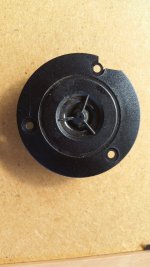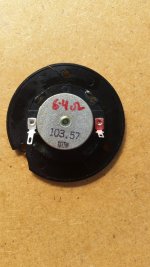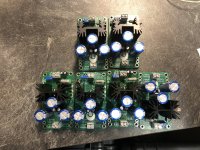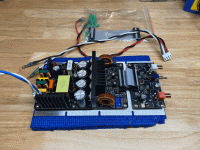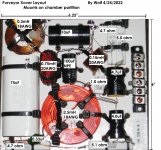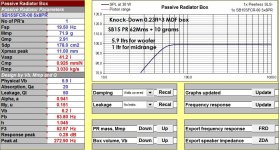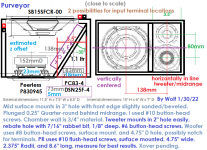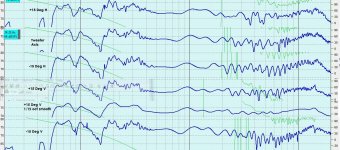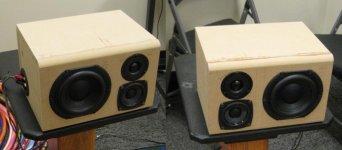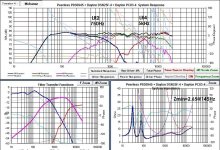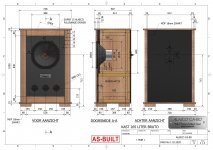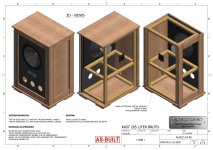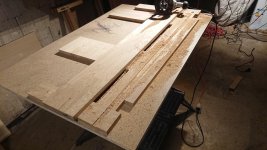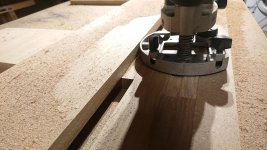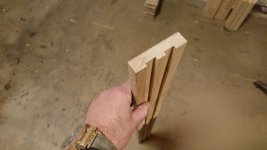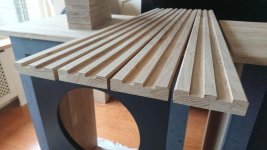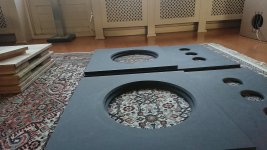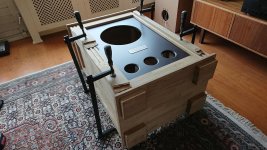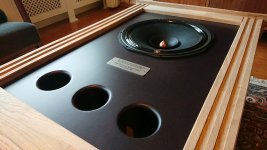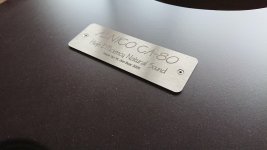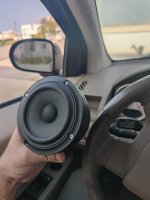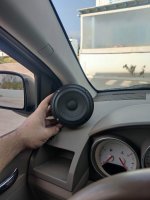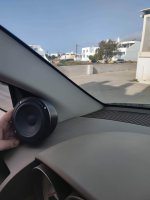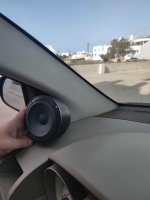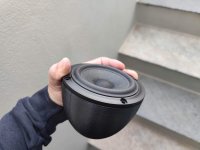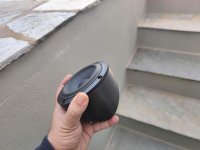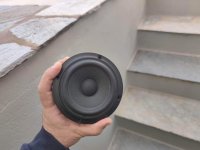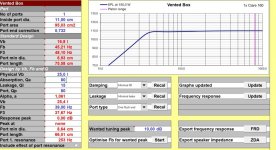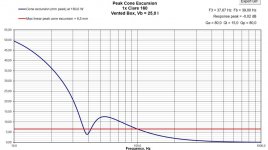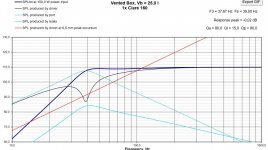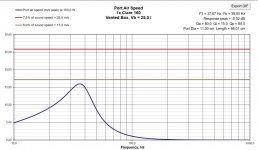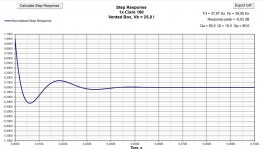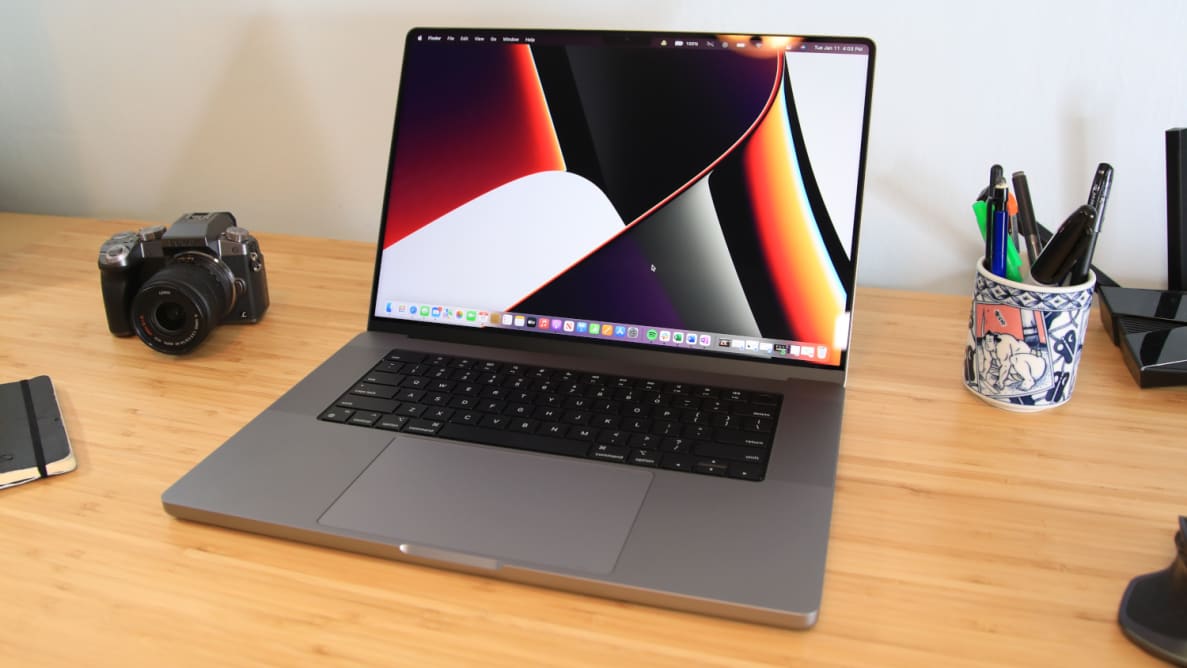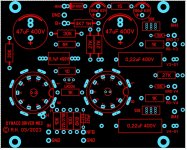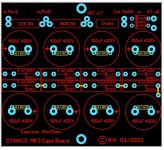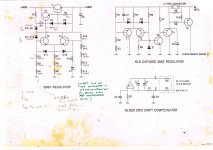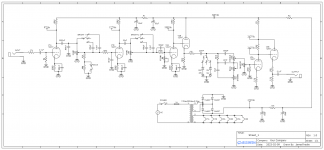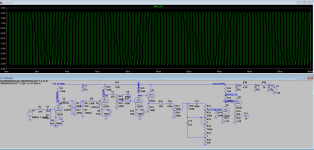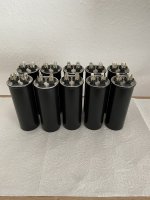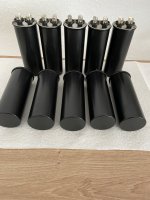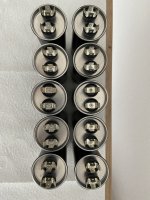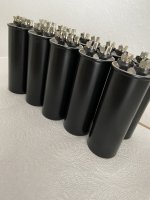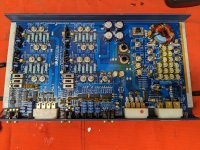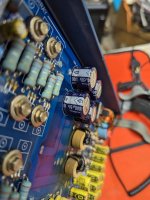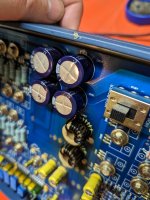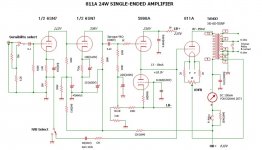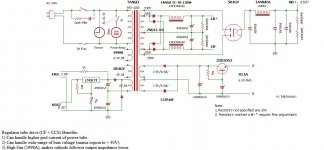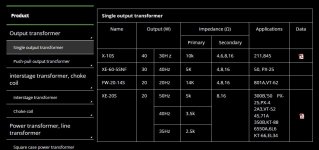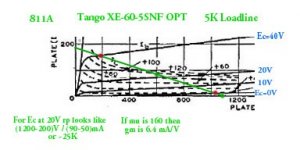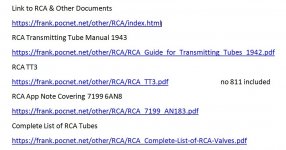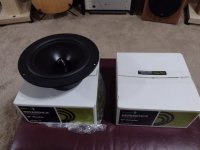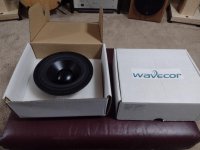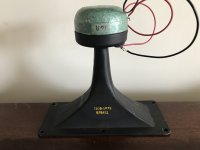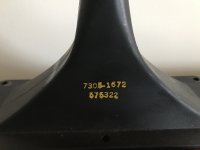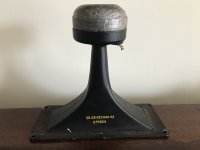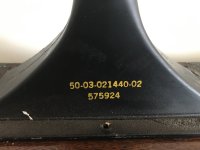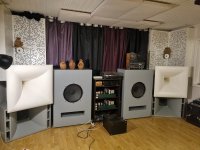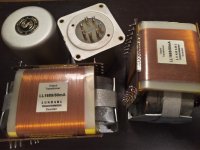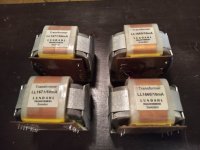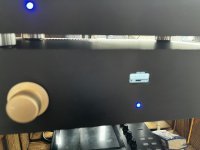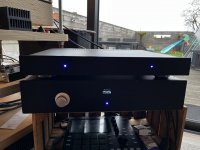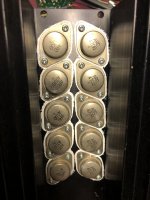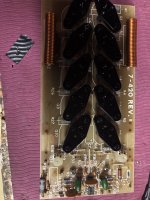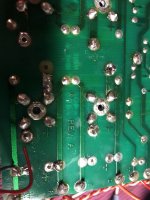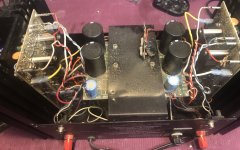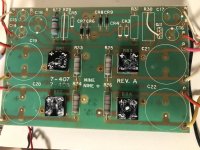Help with power transformer wiring 115/230 etc. hope I didn't blow it up.
- By kilohertz
- Tubes / Valves
- 25 Replies
Well there's nothing like having a fuse blow instantly upon turn on to dampen your spirits. I have been working on this Opera M99 power amp for a week now tuning the feedback loop among other things and was getting ready to make the final adjustments today and when I turned it on the main fuse blew instantly. I have spent the afternoon working my way thru the problem and to me, it has to be the transformer, or the way I wired it 10 years ago when I replaced the original which had burned to the core (I got it this way) along with one of the output xfmrs. I managed to get the original xfmrs from Opera and went to my favorite Chinese restaurant to help me translate the wire colors on the label. It ran fine up until now, I pulled the cover off it, it's a nice heavy torroid and there is no indication of burn or failure, no shorts between windings and no shorted windings, as far as I can tell. So with all tubes out and HV and bias wires pulled from the rectifier board my 200W light bulb tester still comes on full brightness, I measure about 10VAC on the input to the xfmr and get about .5VAC on the heaters, 12V on the bias and about 20VAC on the HV windings.
So I am now thinking I may have wired the primary incorrectly back in the day and something finally let go, I don't know I'm just taking a stab at it. Anyway, I have attached the label from the xfmr with a web based translation, as well as the original in case anyone here can translate it better. The measured R between primary windings seems normal, about 2.3-2.5 depending on voltage tap. There is one yellow wire, 2 reds, 2 blacks and one green on the primary side. One of the blacks is, or seems to be, directly connected to the yellow. Not sure if that is a short or is by design.
In your opinion, how should the primary windings be connected for 115VAC?
Thanks!
PS I am not sure "fuse" is the correct translation for the yellow wire, I got several interpretations each time I reloaded the image.



So I am now thinking I may have wired the primary incorrectly back in the day and something finally let go, I don't know I'm just taking a stab at it. Anyway, I have attached the label from the xfmr with a web based translation, as well as the original in case anyone here can translate it better. The measured R between primary windings seems normal, about 2.3-2.5 depending on voltage tap. There is one yellow wire, 2 reds, 2 blacks and one green on the primary side. One of the blacks is, or seems to be, directly connected to the yellow. Not sure if that is a short or is by design.
In your opinion, how should the primary windings be connected for 115VAC?
Thanks!
PS I am not sure "fuse" is the correct translation for the yellow wire, I got several interpretations each time I reloaded the image.
